Crystal Lake Sand Pine Scrub, located in Pompano Beach, is 24 acres of scrub and scrubby flatwoods that are dominated by sand pines. These unique habitats are rare in Florida but rarer still this far south. This scrub habitat site is one of the rarest and most ecologically sensitive communities in South Florida since most have vanished in this area of the state due to development.
Sadly, less than 2% of Broward County’s original sand pine scrub remains.
Crystal Lake Sand Pine Scrub has about 3,200 feet of paved and unpaved trails atop the Atlantic Coastal Ridge. This is a perfect place to return to South Florida’s natural past. This remnant sand pine scrub reflects a bygone land of sand pine or scrub oaks and a sub-canopy of saw palmetto scattered with patches of bright white sands dotted with reindeer lichen reminiscent of an ice age tundra.
Both trails are well marked and maintained and are easy hikes. There is plenty to take in on the primary and paved Sand Pine Trail, which has plenty of benches and interpretive signs along the way. Please keep in mind that there are no bathrooms or water available. If you have a little more time, would like to get off the paved path, and don’t mind some sand in your shoes. I suggest taking the “secret” natural surface trail called the Gray Fox, where you can meander through a natural path through the preserve. After walking into a sandy opening, look forward to a slightly overgrown path entrance. This path will take you to the secluded seating area perfect for silent meditation and plenty of seating for a peaceful group gathering.
Keep your eyes, ears, and other senses open on either path for the sand scrub unique vegetation. Look for reindeer lichen, spike moss, prickly pear, pawpaw, scrub mint, rosemary, powderpuff lichen, staggerbush, dayflower, gopher apple, and green briar. A variety of butterflies live among the native plants. If you are blessed enough, you might encounter a gopher tortoise, like Slow Mama- the iconic animal of Florida scrub, several songbirds, warblers, cardinals, blue jays, mockingbirds, gray squirrels, cottontail rabbits, and black racer snakes.
Just because it is winter does not mean you can’t take advantage of all Florida offers. If you are a snowbird, visitor, or resident of the area, make sure that you take some time to enjoy this very special piece of Florida.
Amenities:
– Information Kiosk
– Interpretive Signage
– Nature Trail, paved and sand
– Picnic Area
– Seating Area, Pavilion
Like this:
Like Loading...


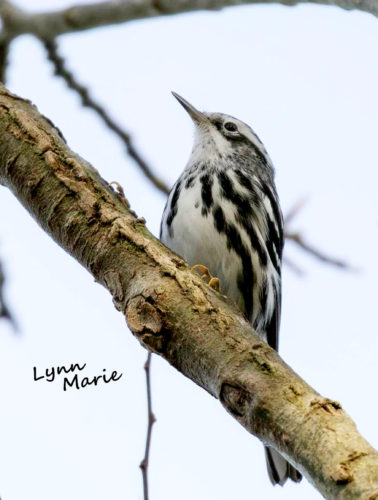










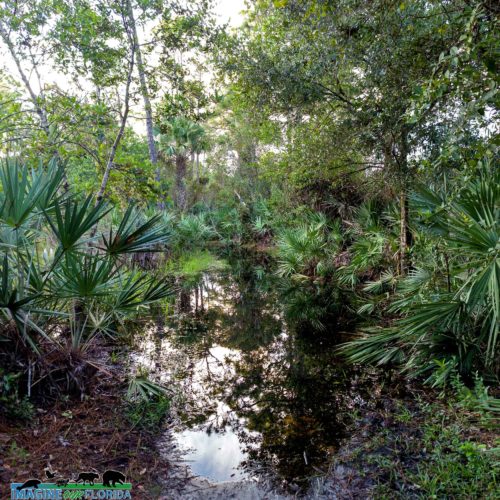




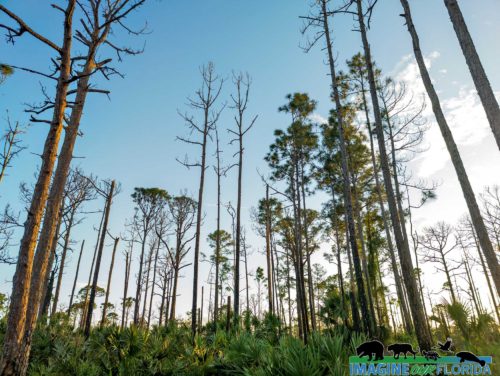



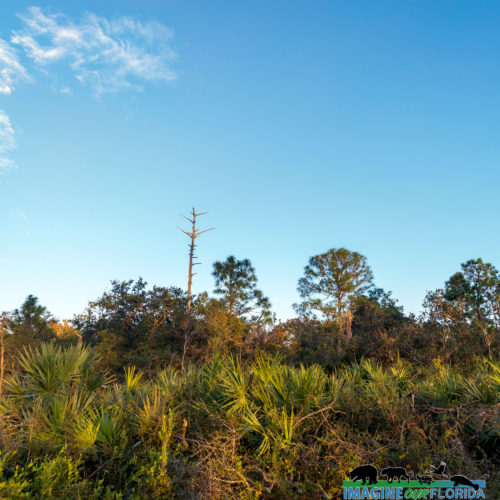










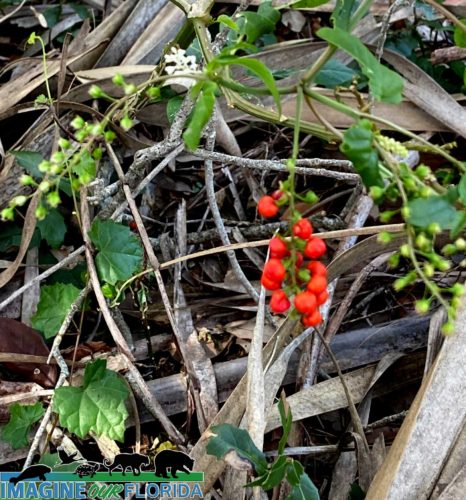









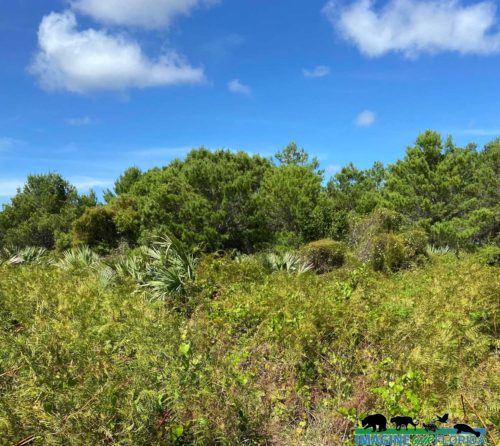
















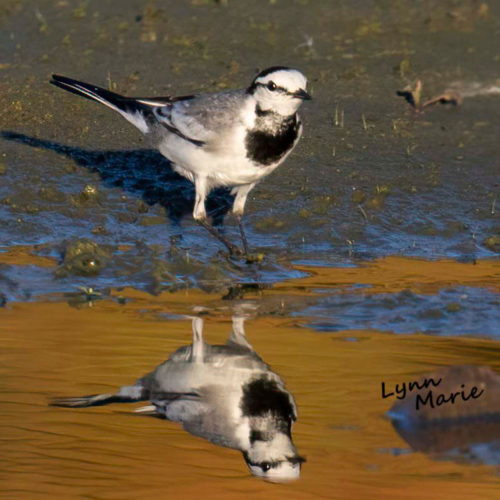
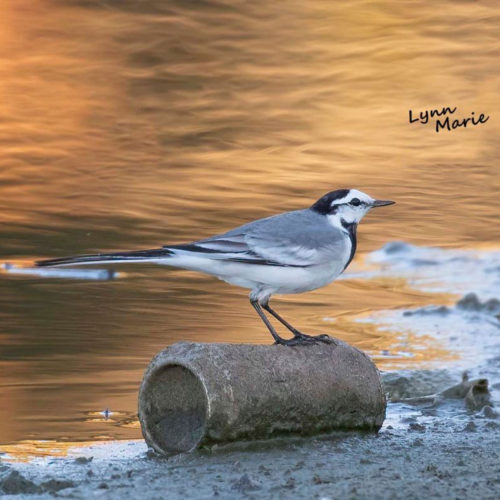



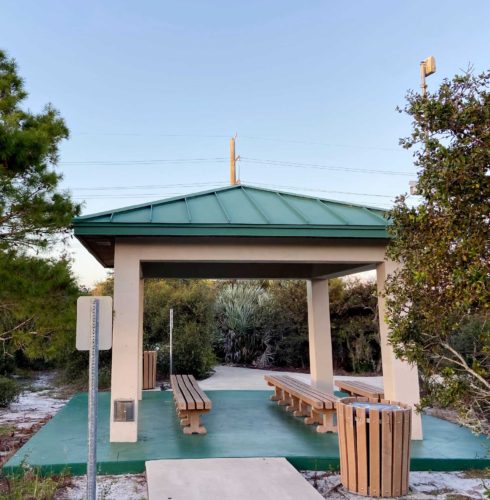


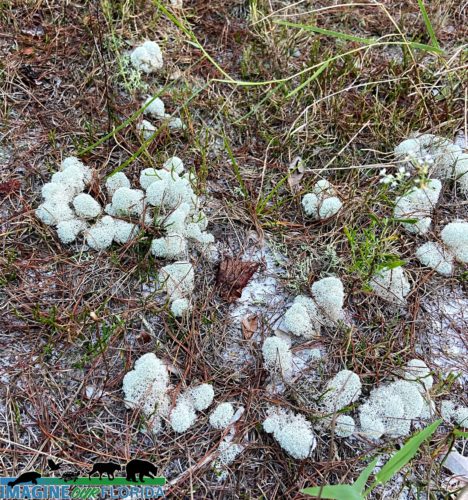
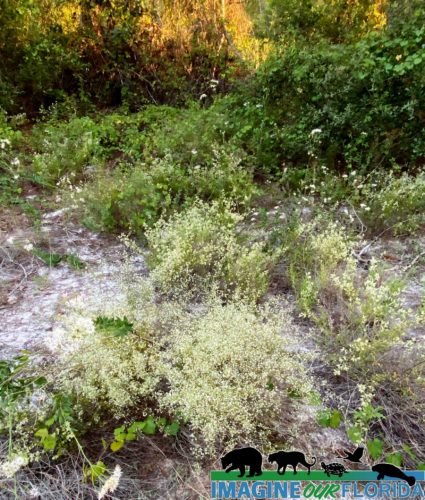


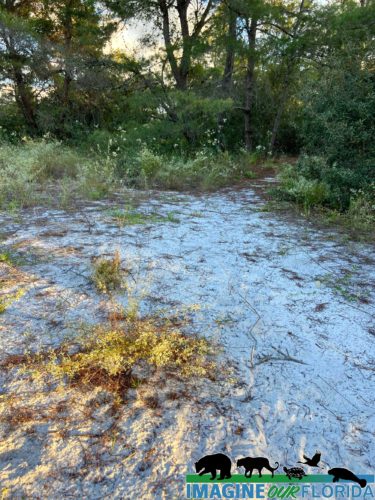





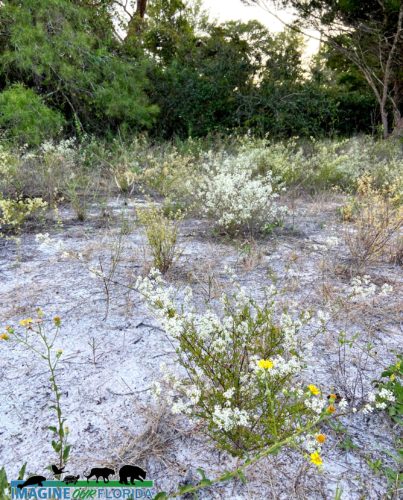




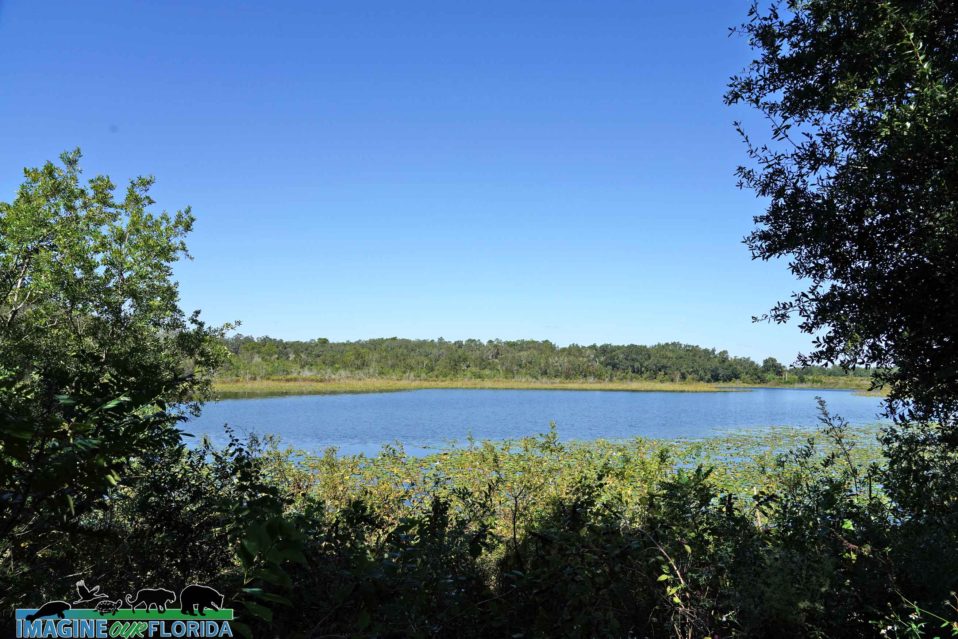















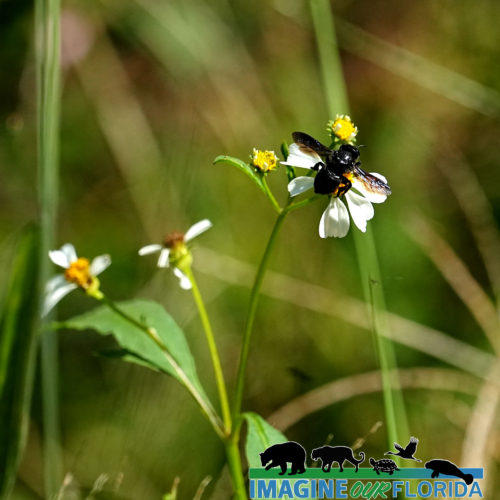
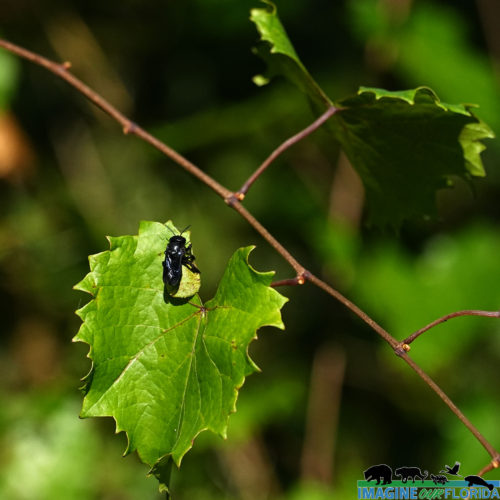






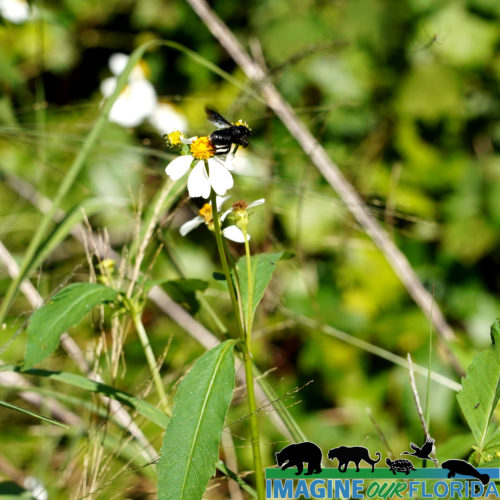




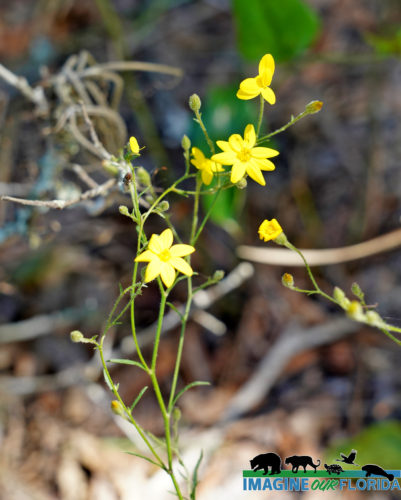





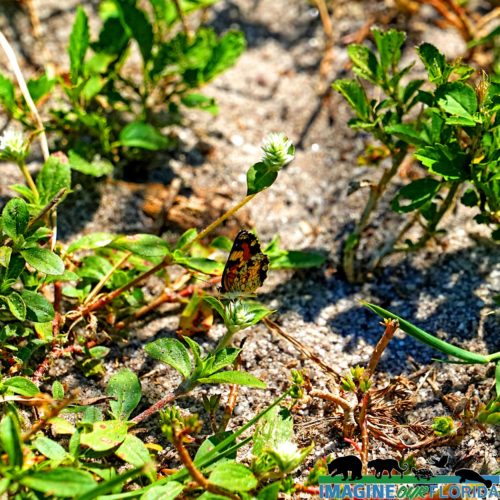

Recent Comments